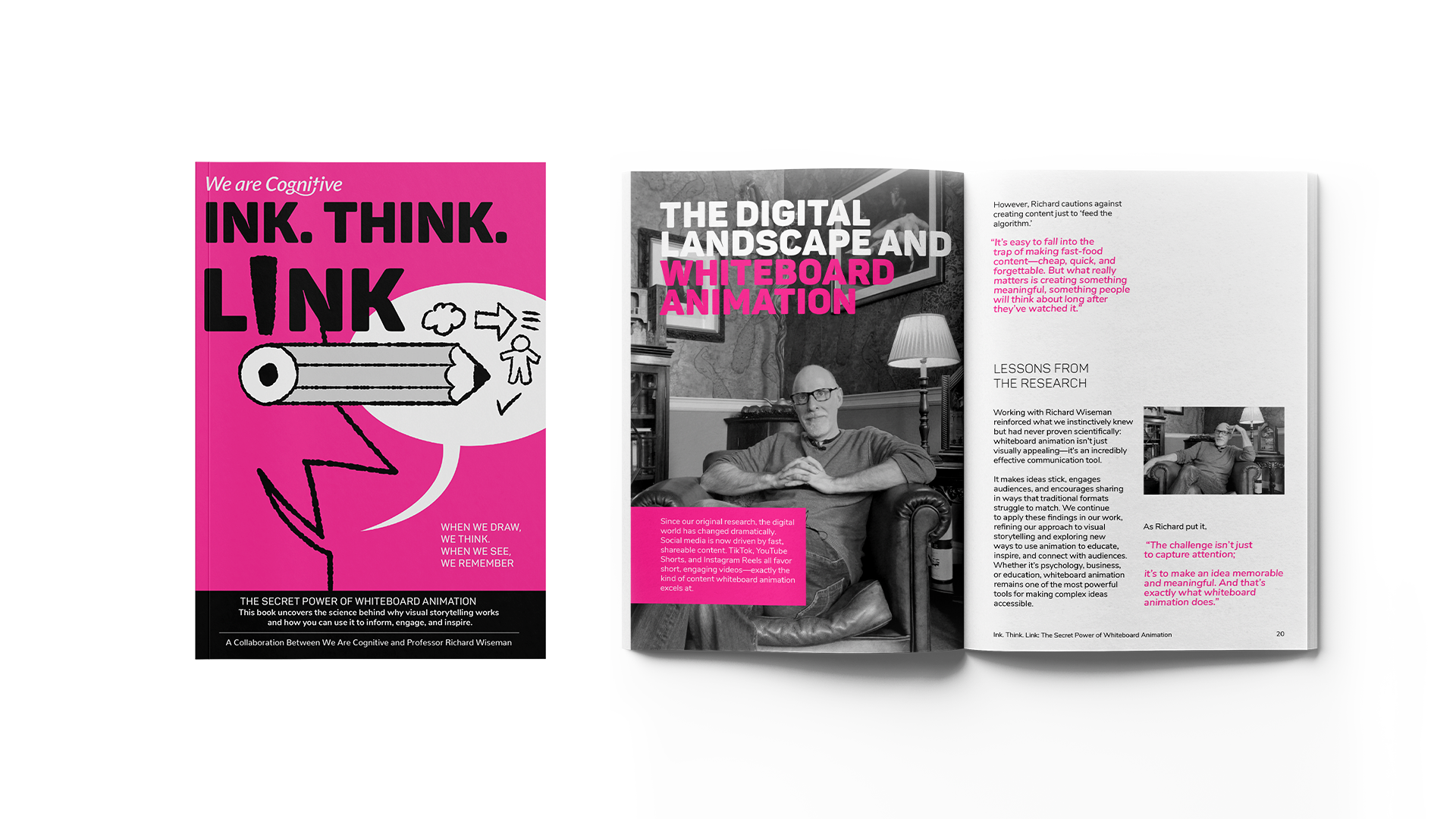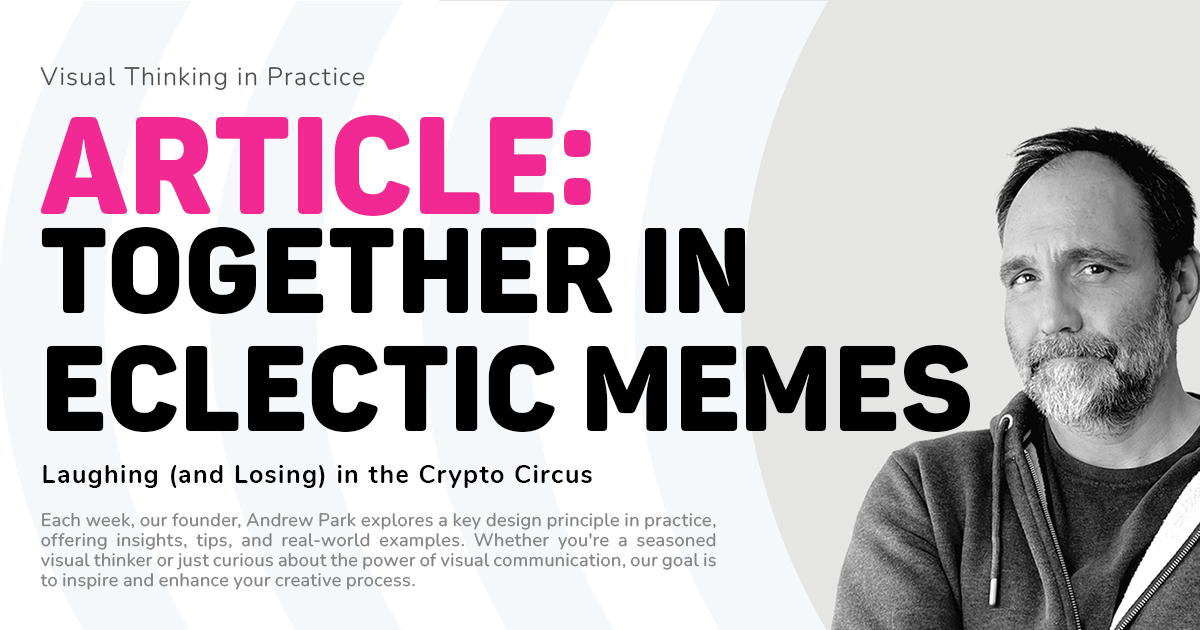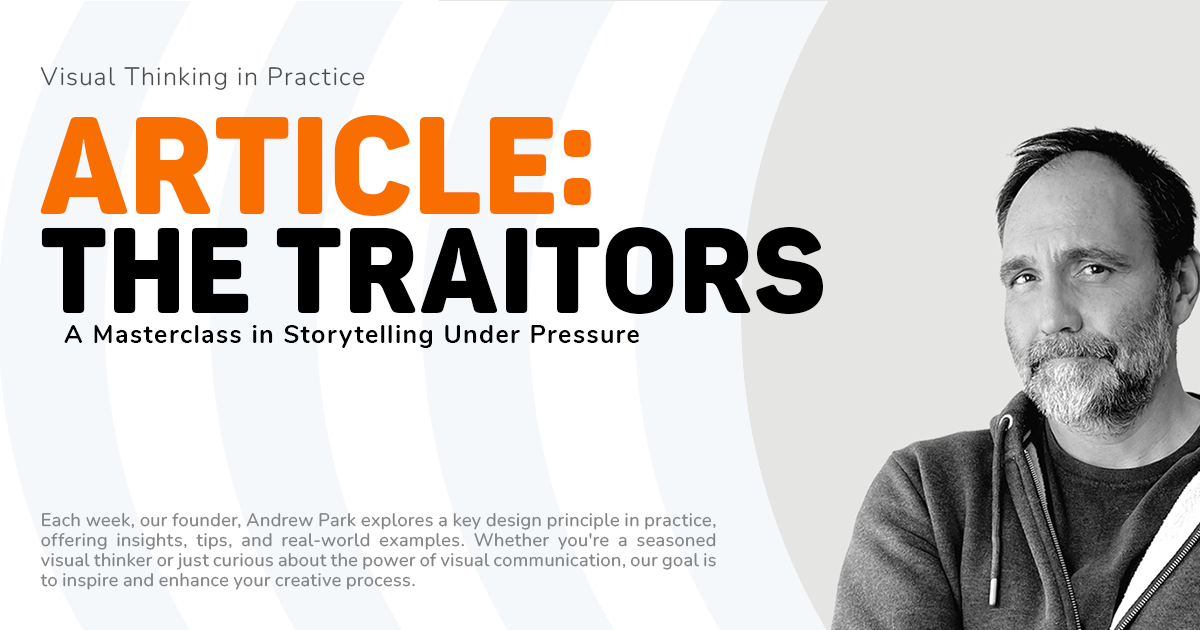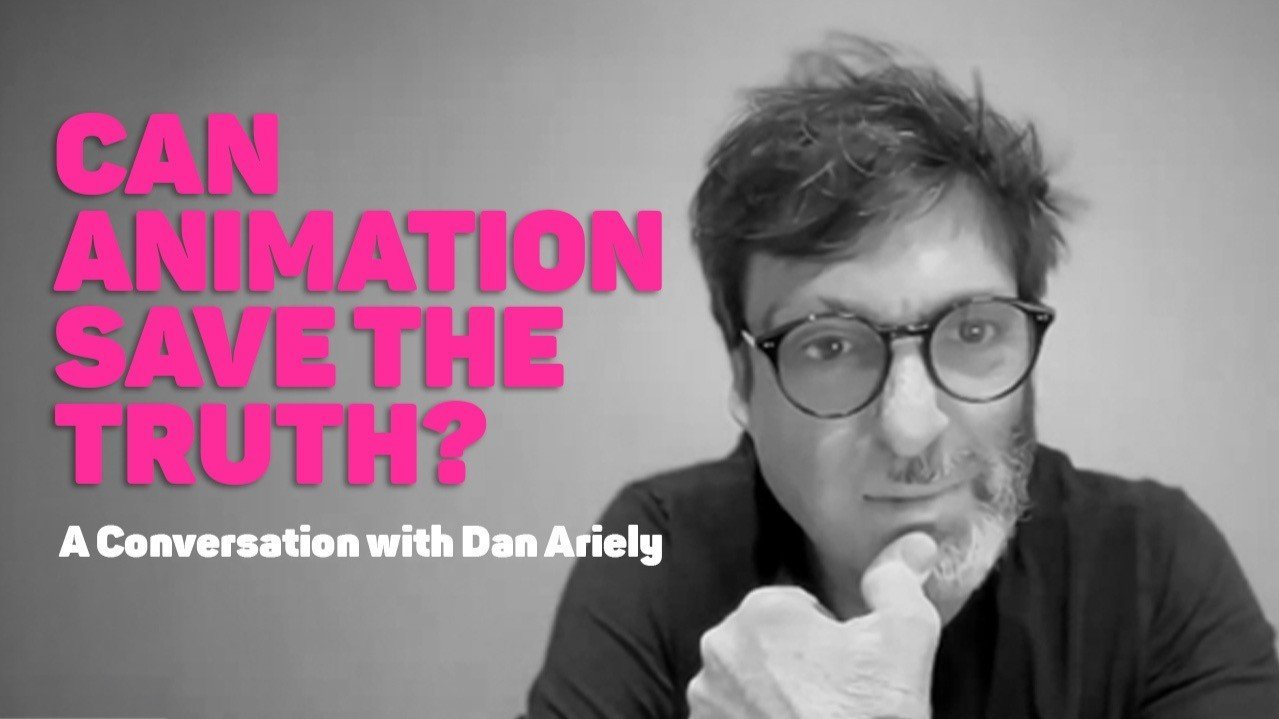Why Your Brand Needs a Story, Not Just a Slogan
Whether it’s what is actually in that blend of herbs and spices, the password to your neighbour’s wifi or where your young child has hidden the car keys, there can be few things more closely guarded than secrets. Trade secrets may be part of business, but explainer video creation and storytelling are our passions, and we want everyone to get the most from them.
One thing that is no secret is the popularity and effectiveness of video. Wzyowl have found that 96% of people have watched an explainer video to learn more about a product or service. This is why explainer videos and whiteboard animations are so effective for brands to connect with clients or colleagues. Catchphrases and clever slogans alone are no longer enough to make your brand stand out. In the face of these challenges, you need to turn back to one of humanity's oldest pastimes - storytelling.
Strong brands are built on stories. Whether you want to communicate your purpose, share your origin story or get your team onboard with your values, storytelling is perfectly placed to help. We’ve been helping businesses and organisations to do this for over 20 years through tailored, custom, whiteboard animation explainer videos. We’ve seen how a compelling story can transform how people see, remember, and trust a brand.
1 - Clarify Your Brand Message Through Storytelling
One of the most powerful benefits of explainer videos is their ability to simplify complex ideas into relatable, engaging narratives. Whether you’re launching a product, explaining a service, or building your brand messaging, storytelling helps clarify what your brand is about and why it matters.
Example: Dropbox used a simple whiteboard explainer video to explain cloud storage. By turning a technical concept into a visual story, they positioned themselves as accessible and forward-thinking; core pillars of their brand identity.
2 - Showcasing Brand Personality
Your brand personality is what makes your business human, and storytelling brings it to life. Through visuals, voiceover, music, and animation style, video storytelling helps you present a consistent brand tone, whether you’re playful, professional, or disruptive.
Example: Dollar Shave Club’s now-iconic launch video perfectly communicated their cheeky, no-nonsense style. It wasn’t just funny, it was a masterclass in branding through storytelling.
3 - Building Emotional Connections
Stories have the power to evoke emotions, and explainer videos can leverage this by telling compelling stories that resonate with your audience. By highlighting customer pain points and showing how your brand can solve them, explainer videos create an emotional connection with viewers. This emotional engagement is crucial for building a loyal customer base and enhancing your brand identity.
Example: Apple’s product videos don’t focus on specs; they focus on how the product fits into and improves the user’s life. This emotional framing elevates Apple from a tech brand to a lifestyle brand.
4 - Increase Brand Awareness with Shareable Stories
In today’s digital world, video content dominates social media. And while slogans might work for ads, stories drive shares. Explainer videos, especially whiteboard animations, break down big ideas into bite-sized stories people want to pass on. The clearer the message, the wider it spreads, often organically. Great stories don’t just inform, they spark conversations.
Example: Slack’s animated explainer helped spread its message far beyond its initial user base. The video told a relatable story of workplace chaos, positioning Slack as the clear solution and boosting brand awareness organically.
5 - Establish Brand Credibility with Visual Storytelling
Consumers want to trust the brands they buy from. High-quality visual storytelling in your explainer videos communicates your professionalism and credibility, shaping how people perceive your brand.
Example: HubSpot uses informative, sleek explainer videos to demonstrate its expertise in marketing and sales automation, reinforcing its image as a trusted industry leader. .
Whiteboard Animation: The Ultimate Tool for Storytelling and Branding
While creating the RSA Animates series, a series of animations based on live footage of lectures, we saw a massive increase in views and engagements on the whiteboard animations compared with the live footage version. We wanted to find out what was happening and asked Professor Richard Wiseman, Professor of the Public Understanding of Psychology at the University of Hertfordshire, to help us conduct some whiteboard animation research.
We were very happy when he said yes and together, we compared a ‘talking head’ video with a whiteboard animation that used the same soundtrack and voiceover. Our research found that the whiteboard animation was:
66% more likely to be shared
Resulted in a 15% increase in information retention
Was rated 33% more entertaining
This explained the increased views and showed that whiteboard animation was a great medium for making information memorable and engaging audiences.
Slogans are easy to forget. Stories are not. The best brands understand that people buy from companies they connect with emotionally—and that connection starts with a compelling brand story.
Whether you’re building a startup or evolving an established identity, investing in storytelling through video content marketing is one of the most effective ways to grow your brand.
Since 2004, we’ve helped organisations like the BBC, Deloitte, Coca-Cola, Google, The Royal Society, and the UN craft impactful brand storytelling videos—especially through whiteboard animation. We’re here to help you turn your message into something memorable, shareable, and deeply human.
Ready to tell your brand story? Contact us today and let’s bring your brand to life through the power of storytelling.































Explainer videos are visually dynamic and captivating videos. They excel not only in distilling complex messages into easily understandable narratives but also in etching a lasting imprint on the minds of viewers. This makes explainer videos a must for any marketing strategy!